The best budget audiophile headphones look as beautiful as they sound
Take music listening to the next level with my favourite good quality affordable headphones for working from home.

Any creative who works from home will benefit hugely from a decent pair of wired, audiophile headphones. And luckily, some of the best audiophile headphones are affordable – including my favourite, the Sennheiser HD600s for $293, down from $500, at Amazon.
So what's the difference between commercial vs audiophile headphones? Well, the former (such as Bluetooth, ANC cans) will often boost bass and treble to make music sound exciting, while the latter are often more subtle in their sound profiles, and have more detail on show. They're designed to be more accurate, and to achieve this they tend to be wired not wireless, making them best suited to a home office or studio.
Now, there are two main types. Open-back headphones (no enclosing material around the ear cup) sound spacious and natural, making them great for quiet, solo work. Closed-back models, conversely, block outside noise and keep sound in, which helps if you share your space (and also if you like bass!).
Whichever you prefer, I've selected value headphones with the best audio quality below, having tried and compared most of them.
Quick list
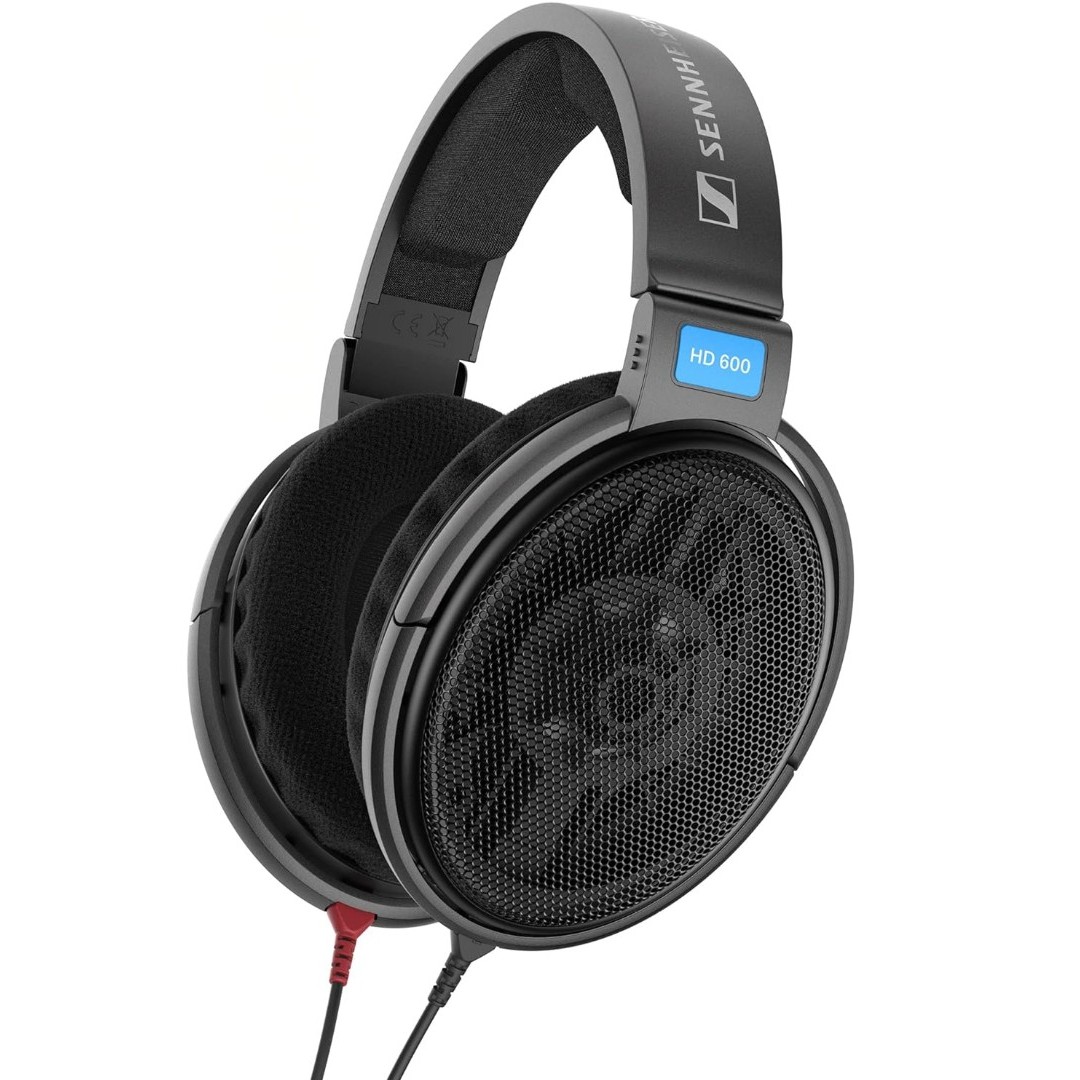
These headphones first released in 1997 and they are still legendary. They are open back and have a very natural sound that doesn’t try to add either extra sparkle or bass. If you prize accuracy and love all that detail in the mids, these are the ones to choose.
Read more below
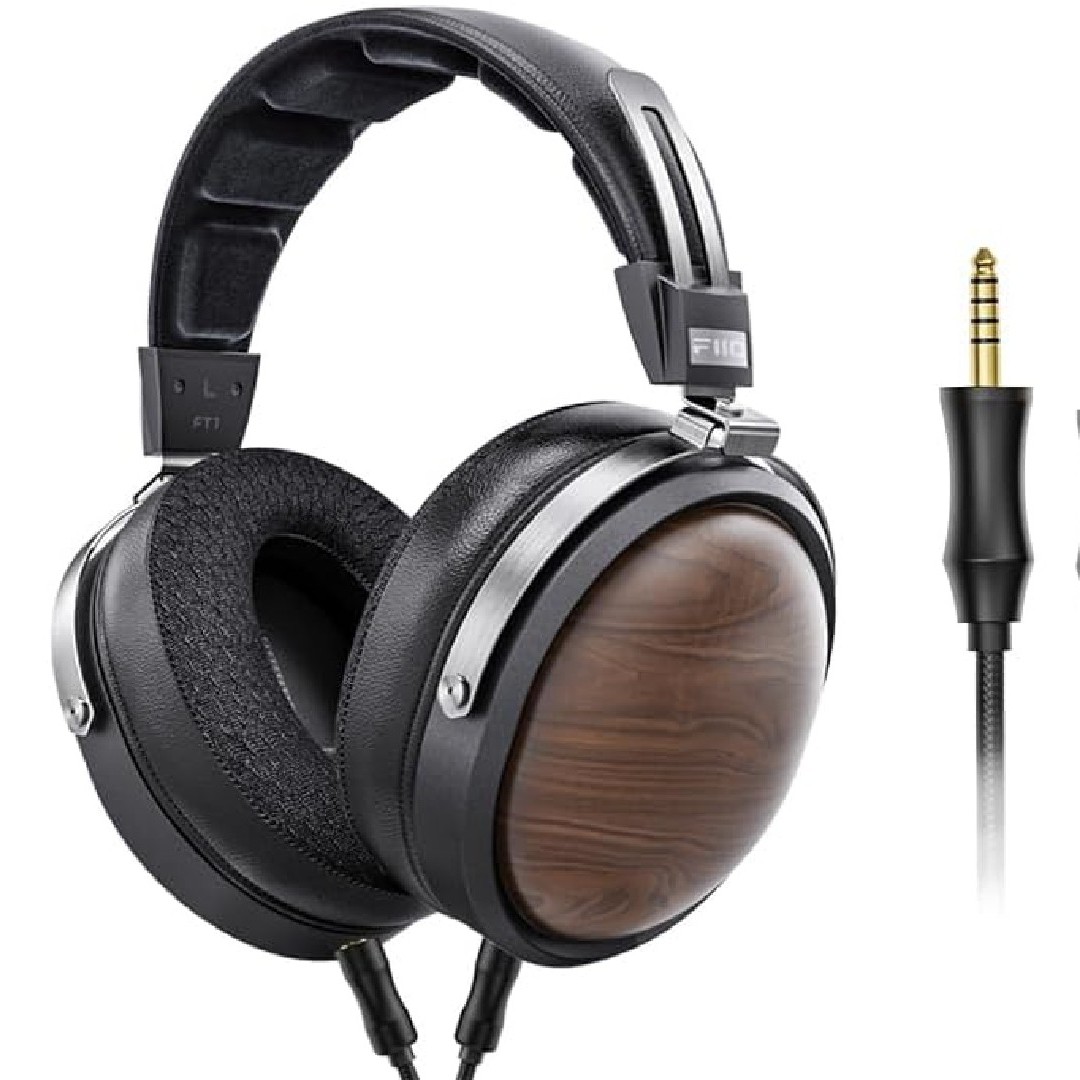
These closed-back headphones released in 2024, and they deliver a warm, rich and engaging sound for under $200/£200. You get a deep, satisfying punch from the bass that makes music feel energetic. They punch way above their price point.
Read more below

These headphones use planar drivers (not the more common dynamic drivers) so that means tight, controlled bass and crisp highs. It produces a clean, fast, super-detailed sound that can reveal things in your music you may not have noticed before.
Read more below
Best open-back overall
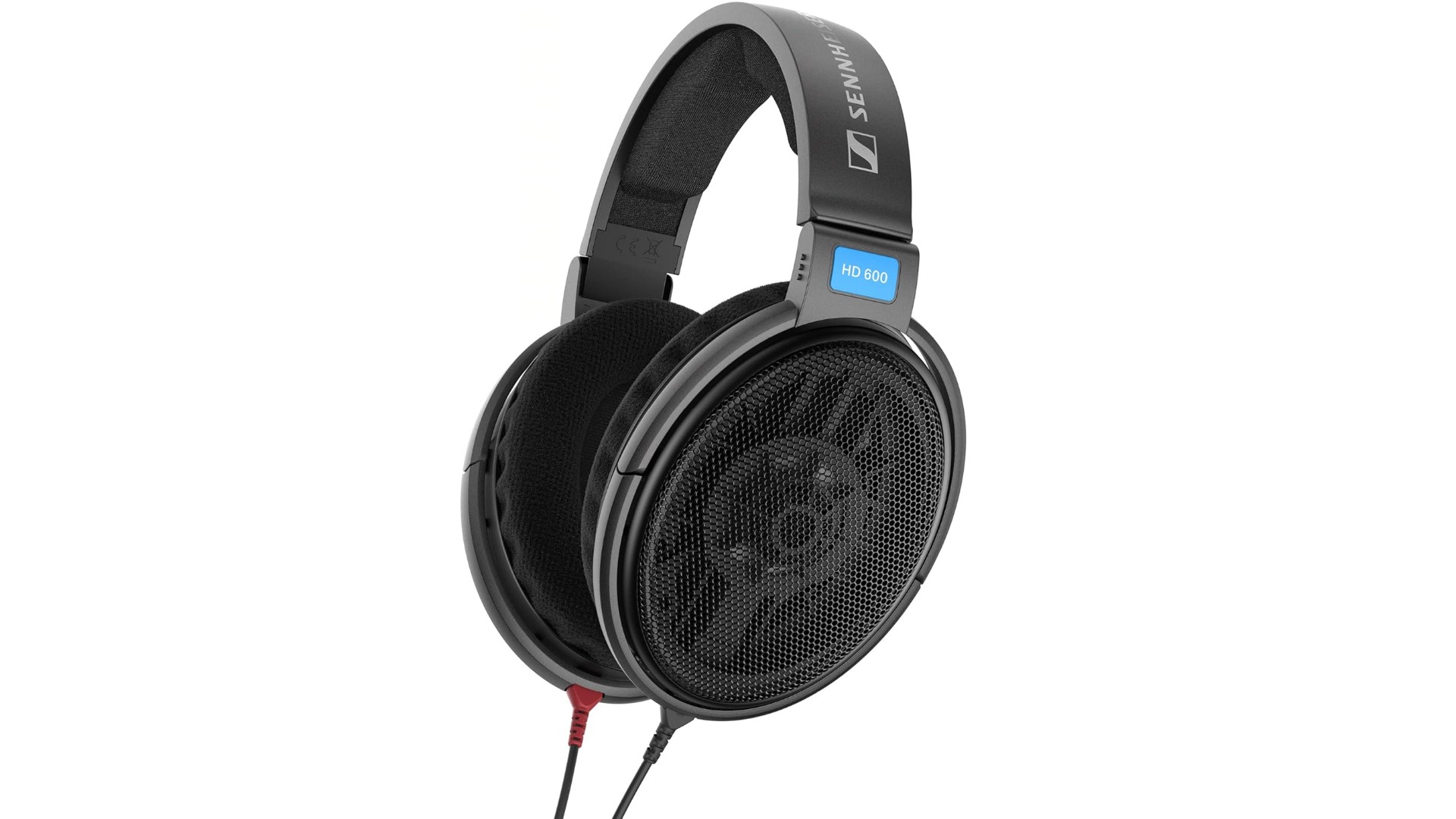
01. Sennheiser HD 600
Our expert review:
Specifications
Reasons to buy
Reasons to avoid
30 second review: The HD 600s have been around since 1997, and people still see them as the neutral-sounding benchmark. They have a very natural sound that doesn’t try to add either extra sparkle or bass. If you're someone who craves rumble and thump in your bass, these are way too polite! But if you prize accuracy, and all that lovely detail in the mid frequencies, then these are still unrivalled.
Price: At time of writing I'm seeing prices for the HD 600s as low as $229 / £299, which represents exceptional value for audiophile headphones (they cost $449 on release).
Sound: If you want to hear your music exactly as the producer intended, these do a good job. The midrange is truly special: it makes vocals and acoustic instruments sound startlingly real and present, and you can pick out individual instruments in a complex track. The trade-off is the bass: it’s controlled and clean, but you won't get that deep rumble or "thump" you'll be used to from commercial headphones. This sound is about accuracy, not excitement (though there is excitement in discovering detail in favourite songs).
Comfort: At 260 grams, the HD600s are a very lightweight design and with breathable velour pads, they're ideal for all-day use. I've also found them sturdy enough to hold up well over time (I've had mine for several months). The only snag is the clamp force, which initially I felt was a little snug, but has naturally loosened up.
Best closed-back
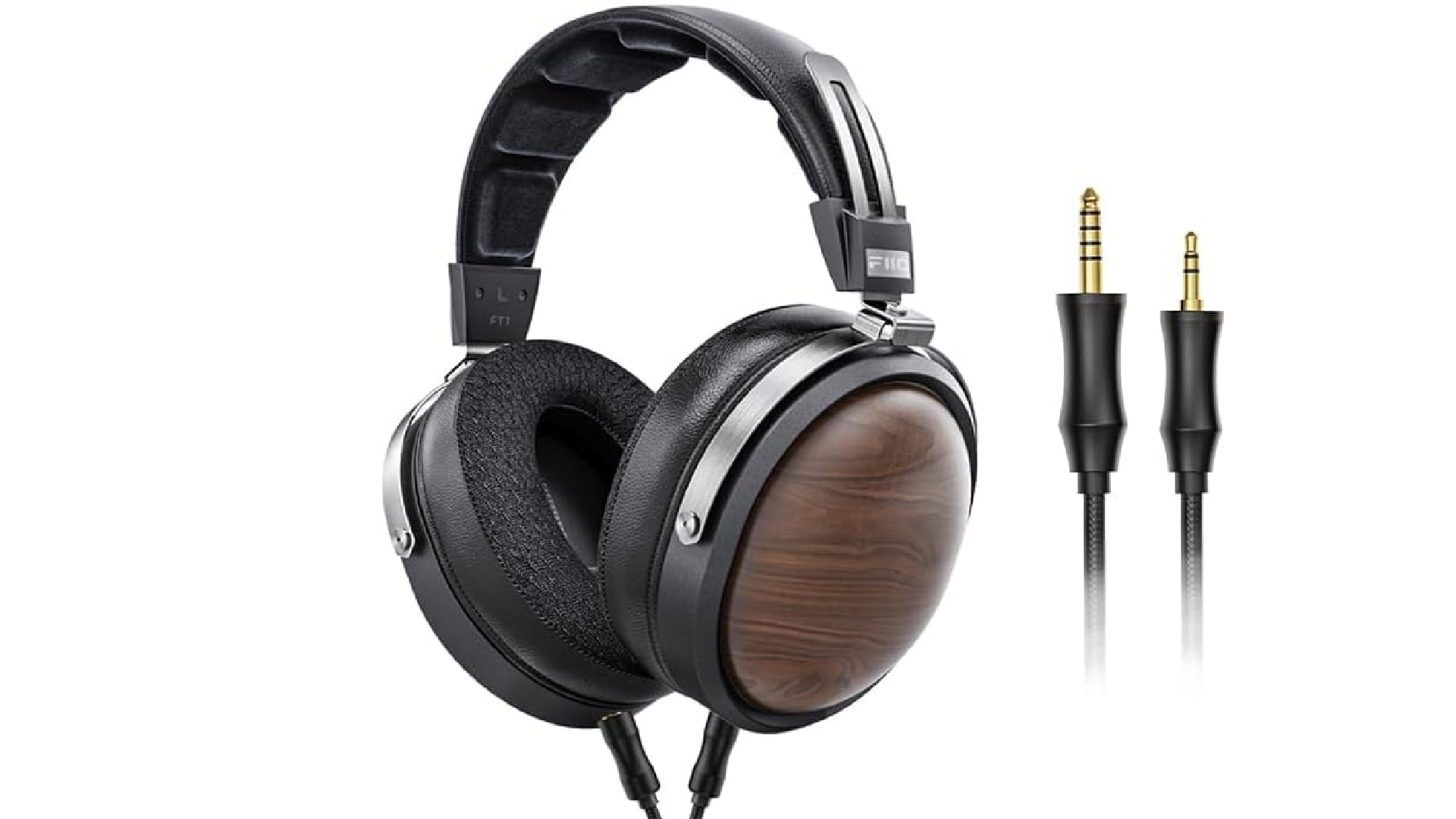
02. Fiio FT1
Our expert review:
Specifications
Reasons to buy
Reasons to avoid
30 second review: The Fiio FT1 are the kind of headphones where you marvel at the quality and then think, “Wait… they cost how much?” in a good way. Unlike our number pick, they’re closed-back, so they keep sound (and bass) in and noise out, and they deliver a warm, rich sound that's fun without being muddy.
Price: Available at prices as low as $164.99 / £150, the FT1 headphones offer superb value in the closed-back category. This pricing directly challenges established mid-range rivals while offering superior sound and durability. In fact, they easily compete with some headphones costing three to four times more.
Sound: They deliver a sound that's warm, rich and engaging. You get a deep, satisfying punch from the bass that makes music feel energetic. The midrange is pretty clean, meaning vocals sound good and front-and-centre, but they are not known for industry-leading detail – you won't be able to pick all the instruments out like you can with the HD600s. Overall, they offer enough excitement to make casual listening fun, while still being clear enough to handle detailed work.
Comfort: At 340 grams these are still lightweight, and they offer reasonable clamping force that should suit most head shapes. The overall fit is comfortable, however some users report the headband padding can create a pressure hot spot on the top of the head in long sessions. I'm trying very hard to get this in to test myself!
Best planar
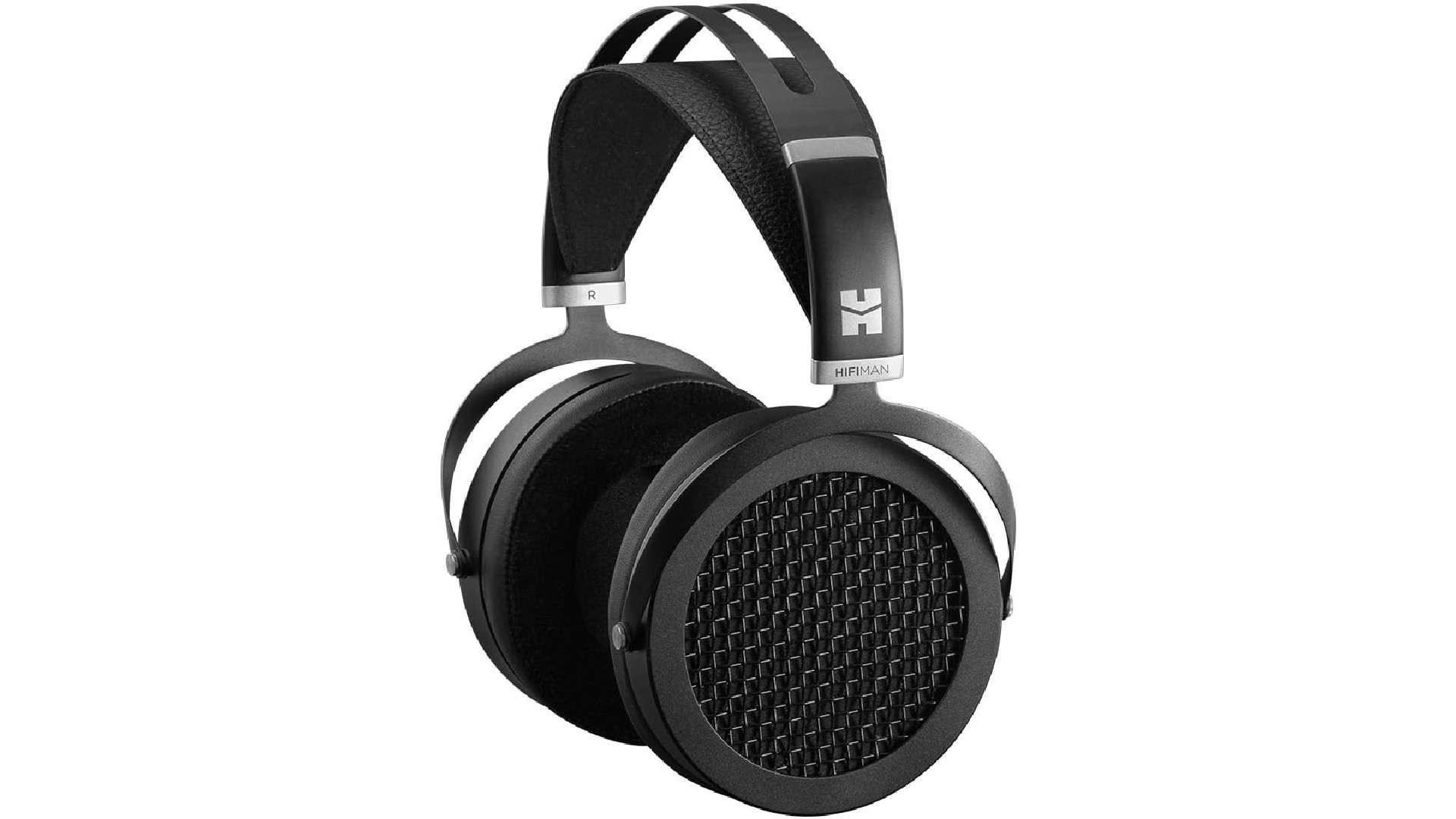
03. Hifiman Sundara
Our expert review:
Specifications
Reasons to buy
Reasons to avoid
30 second review: Most headphones use dynamic drivers, which work like tiny loudspeakers: a coil moves a cone to create sound. The planar magnetic approach is based around very thin, flat diaphragms with magnets on both sides. When an electrical signal passes through the conductive traces, the diaphragm moves back and forth across its entire surface to produce audio. In the case of the Hifiman Sundara, that produces a clean, fast, super-detailed sound. They have a wonderfully open soundstage (how the sound seems presented to you in space) almost like listening to it in a room rather than inside your head.
Price: We've spotted these headphones at prices as low as $159 / £119. That's high-end planar magnetic performance which, until recently, required spending at least twice as much. An incredible bargain!
Sound: The incredibly clean sound enables you to detect the kind of subtle textures and micro-details in your tracks that often get missed. The bass reaches low with great control; it feels deep and tight without any annoying boominess. The overall character is open and neutral, but with a tasteful touch of warmth that keeps the sound engaging, making them perfect for complex electronic or orchestral tracks.
Comfort: Despite being 372 grams (for context Apple AirPods Max weigh 384.8 grams), the suspension headband distributes the weight effectively for extended sessions and the upgraded earpads conform nicely to your head. The clamp is moderate; you'll notice it at first, but it quickly loosens up. Many users find that these headphones eventually "disappear" during listening.
Best V-shaped sound

04. Meze 99 Classics V2
Our expert review:
Specifications
Reasons to buy
Reasons to avoid
30 second review: The Meze 99 Classics V2 are the kind of headphones you’ll want to photograph for Instagram: the wooden cups look gorgeous, and the build feels properly premium. Sound-wise, they’re fun and slightly V-shaped: a bit more bass and treble energy, with clear vocals sitting nicely in the middle. The coolest thing is that Meze includes foam inserts that let you tweak the sound. Want more warmth and bass? Pop them in. Prefer a more open, cleaner sound? Leave them out. They also offer superior noise isolation, blocking out the world far better than most closed-back headphones in this price range.
Price: Currently priced at $349 / £349, the 99 Classics V2 headphones sit in the premium mid-range. But while not the cheapest option on this list, you're getting an exceptional, eye-catching build quality (real walnut wood cups) and a design that's built for longevity, so I'd say that represents excellent value.
Sound: The V2's default signature (without foam inserts) delivers clean, punchy bass with satisfying extension and none of the bloat plaguing the original. The midrange is the revelation here: clear, textured, and slightly forward in a way that brings vocals and instruments into sharp focus. Some find the treble sharp (and this is always a point of contention, with all headphones), but bass quality also impresses with its punch and speed.
Comfort: This is one of the lightest headphones on the list at 290 grams. Its premium build quality feels great in hand, with the wooden cups adding a gorgeous aesthetic, and the unique clip-on pad system allows for sound tuning. Overall, the construction feels robust and genuinely durable, and very, very lightweight.
Best for soundstage
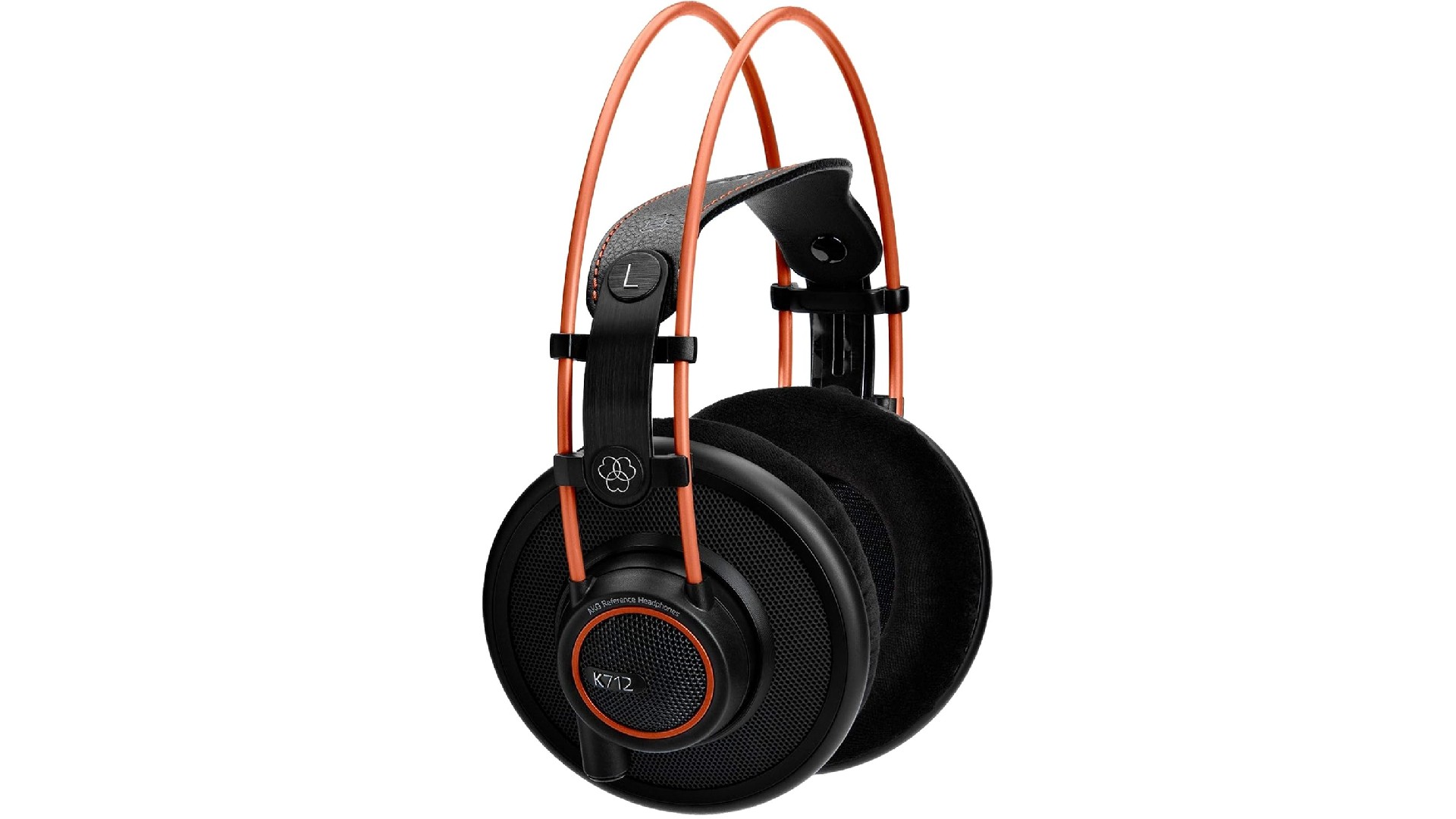
05. AKG K712 Pro
Our expert review:
Specifications
Reasons to buy
Reasons to avoid
30 second review: Soundstage is a term used to describe how three-dimensional and spatial a pair of headphones makes your music feel. It’s not just “left ear / right ear"; it’s about whether you can sense where each instrument is placed; in front of you, behind you, around you, and how much space the music seems to occupy. And here's where the AKG K712 Pro headphones deliver. Music feels like it’s happening around you rather than inside your head, which makes them amazing for orchestral music, film scores and gaming. The trade-off is, they don’t have the tightest or most energetic bass, and the treble is sometimes described as sibilant.
Price: We've seen the K712 Pro headphones dip as low as $254 / £239. And that's an excellent price for anyone who prioritise soundstage. Essentially, you're paying for a truly wide, professional listening experience that few competitors can match.
Sound: The hallmark of the K712 Pro is its extraordinary sense of space. Audio is wide, deep and immersive, like listening in a well-treated room. However, the bass is more gentle and woolly than tight and punchy, which works beautifully for delicate tracks but might lack excitement for heavier, beat-driven music.
Comfort: These headphones are another extremely lightweight pair at 235 grams. They also feature plush pads, and feature a unique hammock-style headband that offers virtually zero pressure points.
Best gaming
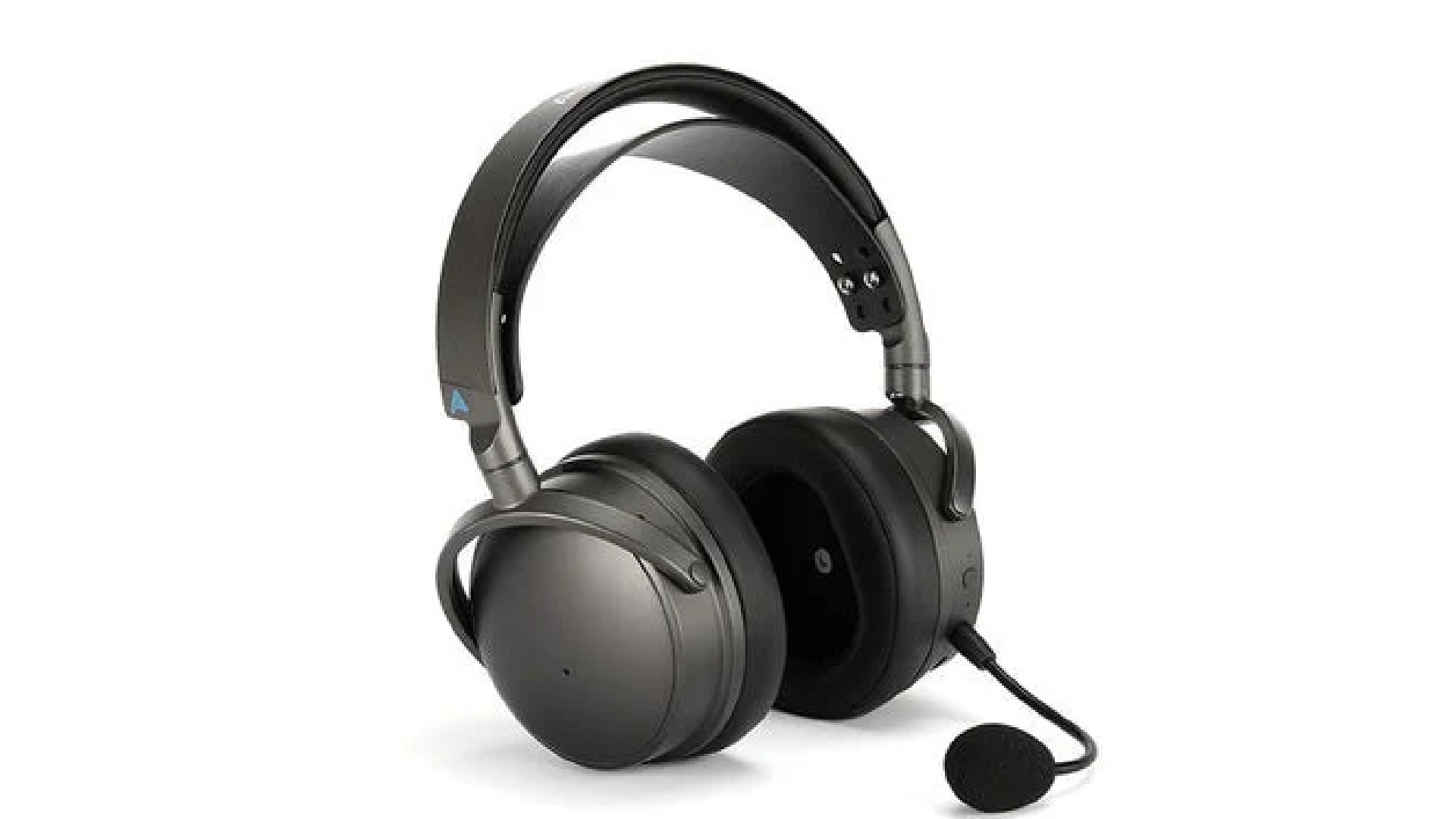
06. Audeze Maxwell
Our expert review:
Specifications
Reasons to buy
Reasons to avoid
30 second review: This is a true rarity: a gaming headphone that audiophiles respect. The Audeze Maxwell headset (it has a mic) sound clear, punchy, balanced and detailed in a way most gaming headsets don’t come close to. Music sounds genuinely great on these; not just “good for a gaming headset,” but just good. The big catch is the weight. At 490 grams, you’ll feel them after a while.
Price: The $299 / £254 price tag might seem high for gaming headphones, but it's absurdly good value when you view them as an audiophile product. After all, these deliver sound quality that rivals high-end wired cans, while adding the convenience of wireless functionality, a superb microphone, and low-latency gaming connectivity.
Sound: You get a clear, incredibly detailed and powerful sound that rivals high-end wired headphones. Music is resolved with exceptional clarity, allowing you to pick out individual layers in complex audio. The tuning is essentially neutral but with a tasteful, engaging bass boost that adds satisfying impact without becoming dominant. It has a slightly forward sound that brings vocals and important mix elements right to the front.
Comfort: The overall look of these headphones is premium and grown-up, avoiding the typical gaudy aesthetics of gaming gear. The build is robust, with large, cushiony pads. However, the 490 grams weight is undeniably heavy, and some reviews have noted that their lack of active noise cancelling is an issue too.
FAQs
What are audiophile headphones?
Audiophile headphones aim at reproducing audio as accurately and faithfully as possible. While other types of headphones may, for instance, boost the bass for extra excitement; audiophile headphones are designed as analytical tools that let you hear the music exactly as it was recorded in the studio. To achieve this, they use specialised materials and advanced driver technologies (such as planar magnetic or electrodynamic drivers). They often require a separate dedicated amplifier because their sophisticated drivers need more power to reach their full, detailed potential.
Do I need an amp to use any of the budget audiophile headphones above?
A headphone amplifier, aka amp, is a small box that plugs into your computer or phone and makes the sound signal stronger before it gets to your high-quality headphones. Why? Because the built-in amp in your phone or PC isn't always powerful enough for serious audiophile gear. This means you might need one get the best sound out of headphones with high impedance or low sensitivity. On my list above, that includes the Sennheiser HD 600, Hifiman Sundara and AKG K712 Pro. However, if you've got a modern computer, such as an M-chipped MacBook, that'll probably be powerful enough not to need an amp.
Either way, whatever phone or computer you're using, the other headphones on the list (the Fiio FT1, Meze 99 Classics V2, Beyerdynamic DT 1990 Pro, and the wireless Audeze Maxwell, which has an amp built-in) are easy to drive and will work fine without an external amp.
If you do need an amp, I'd recommend the Chord Mojo 2, which is known for its power, technical precision, and extremely low noise floor, making it ideal for both high-impedance headphones and sensitive headphones. If that's out of your price range, the FiiO K7 is a good budget alternative.
What are open-back / closed-back headphones?
Closed-back headphones have sealed earcups, which trap the sound inside. This design keeps sound from leaking out and stops outside noise from getting in, making them ideal for use in noisy environment. However, the sealed design can sometimes make the sound feel trapped inside your head. In contrast, open-back headphones have vented earcups that allow air and sound to move freely. This creates a much wider, more natural sound that makes the music feel like it is playing in the room around you.
Daily design news, reviews, how-tos and more, as picked by the editors.

Beren cut his teeth as Staff Writer on the digital art magazine ImagineFX 13 years ago, and has since worked on and edited several creative titles. As Ecom Editor on Creative Bloq, when he's not reviewing the latest audiophile headphones or evaluating the best designed ergonomic office chairs, he’s testing laptops, TVs and monitors, all so he can find the best deals on the best tech for Creative Bloq’s creative professional audience.
